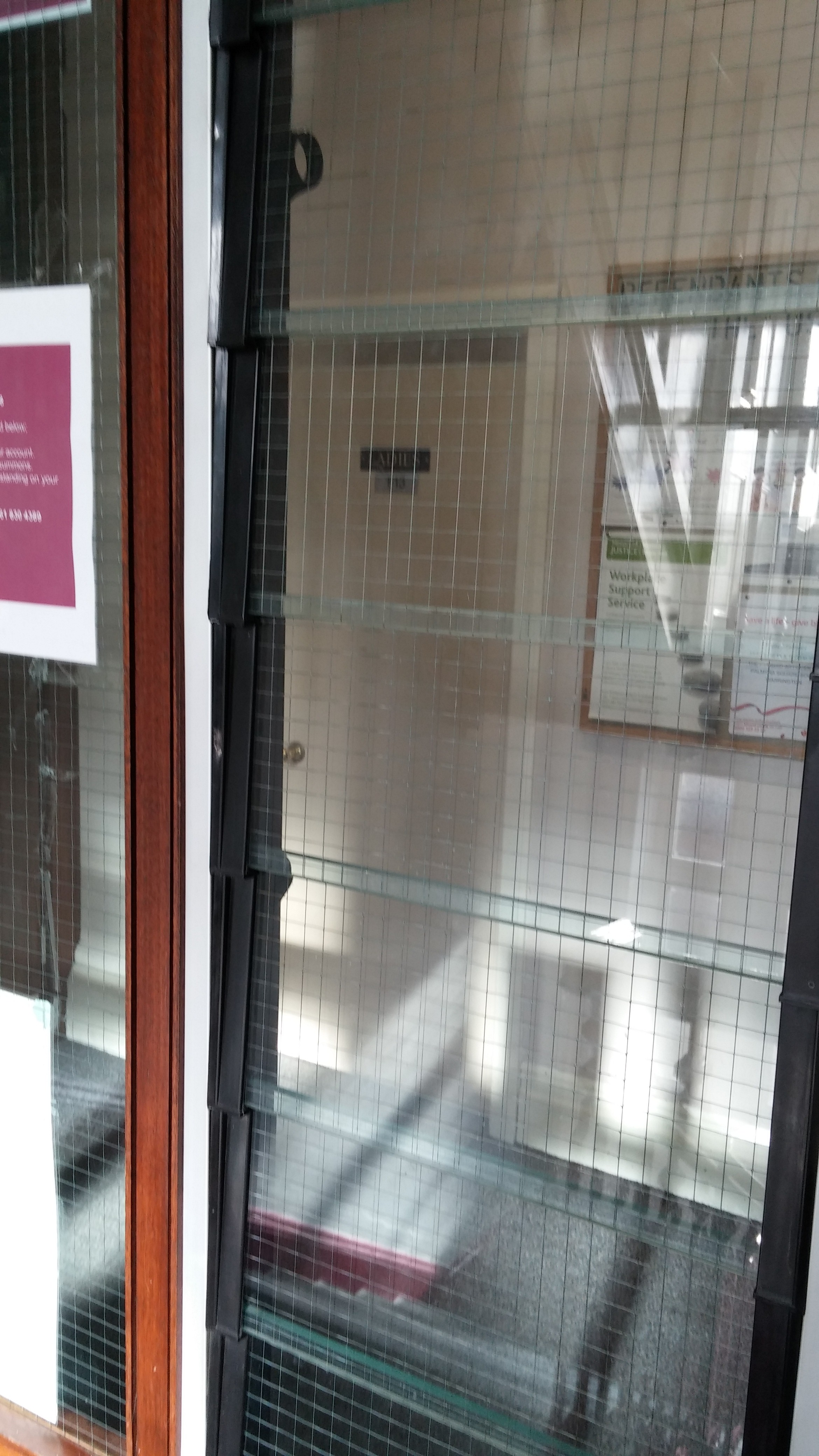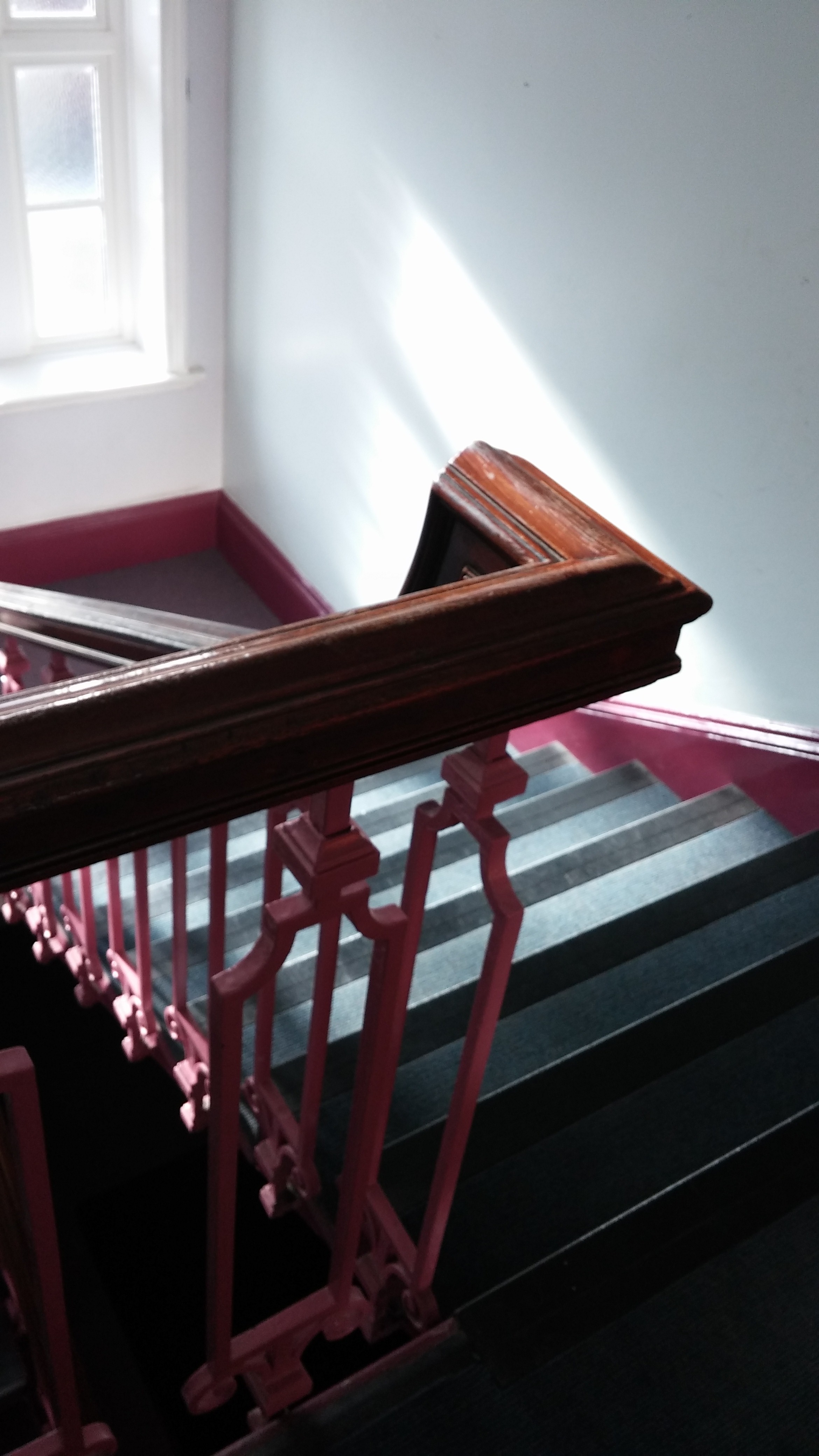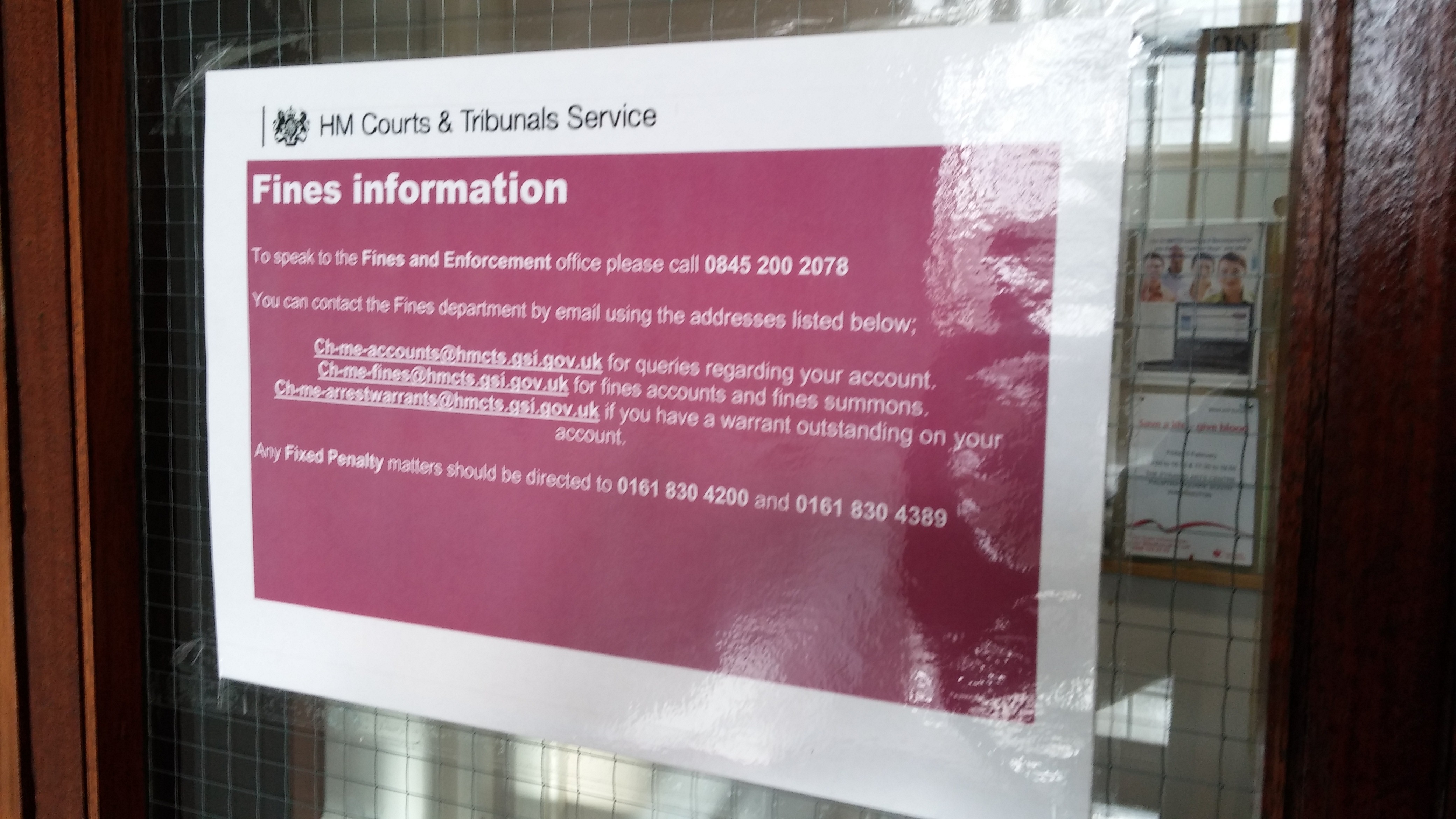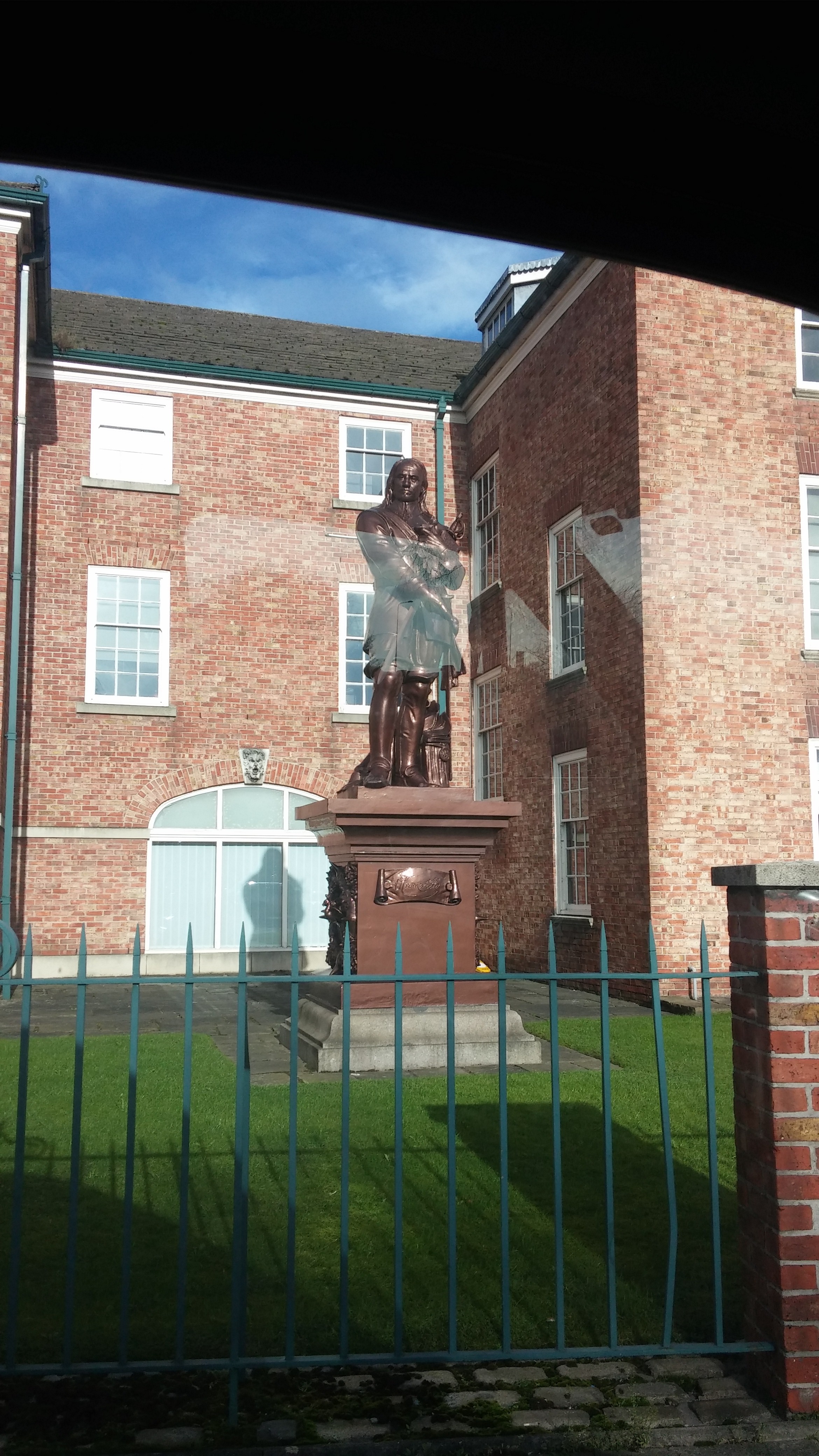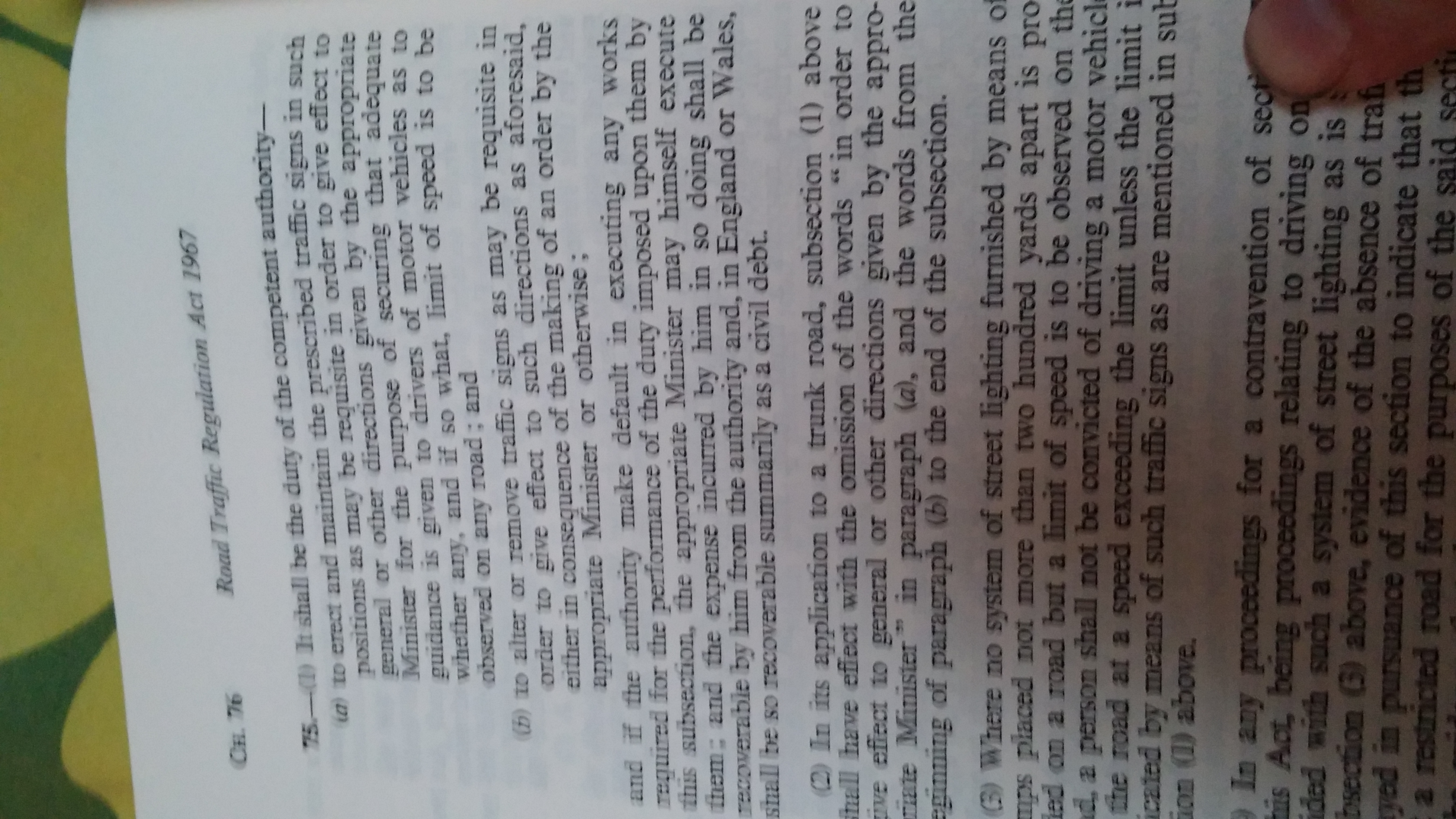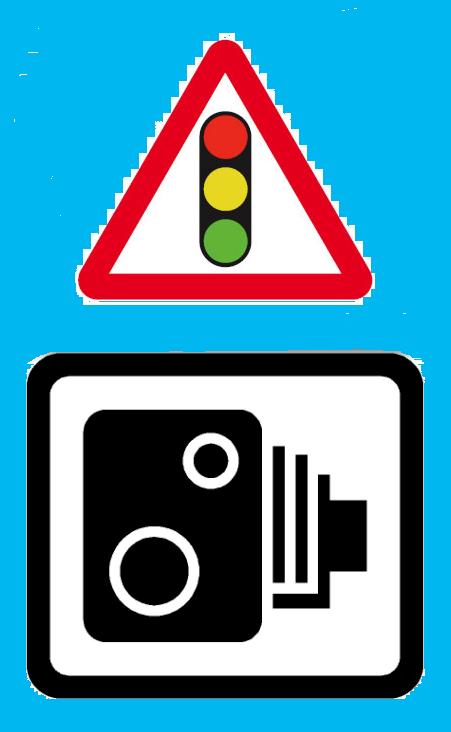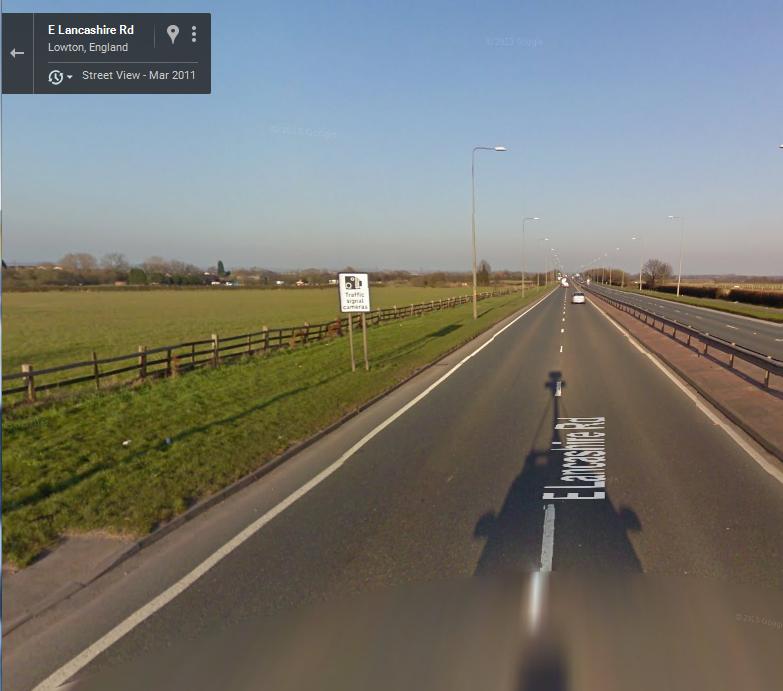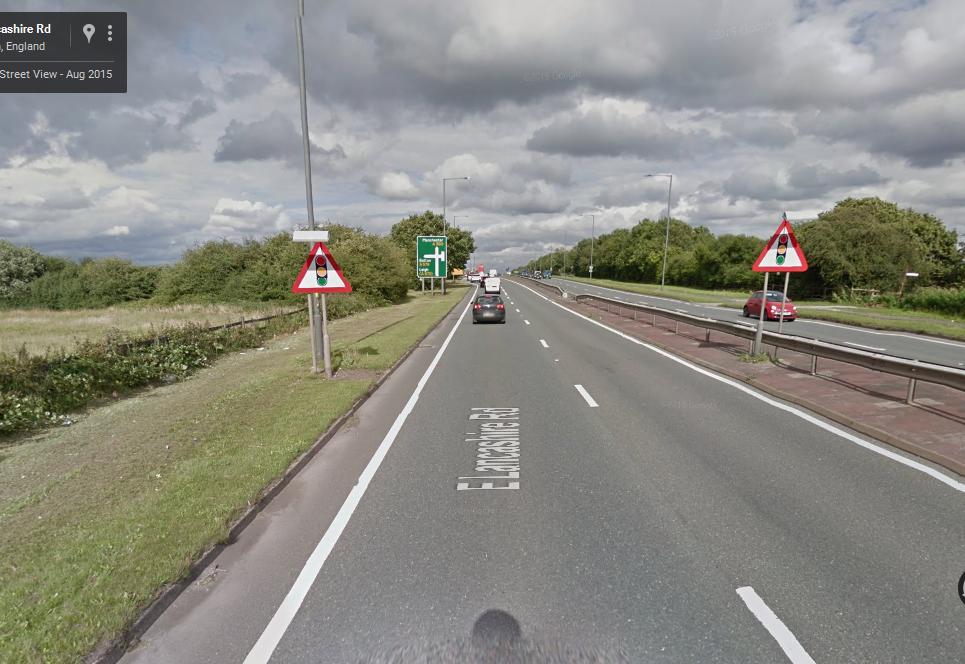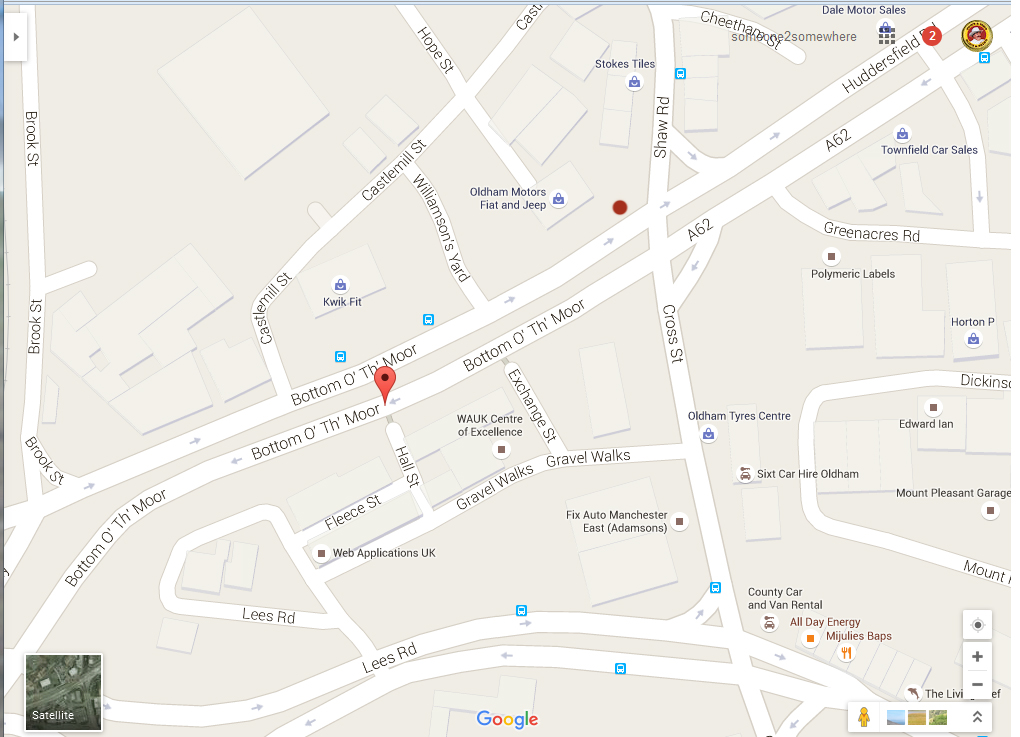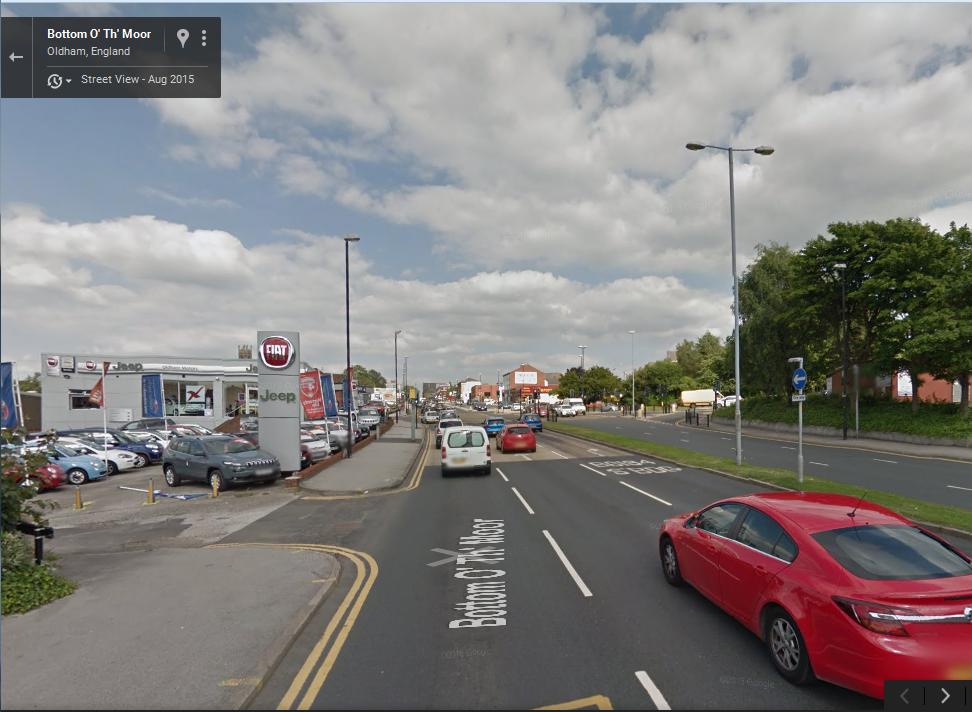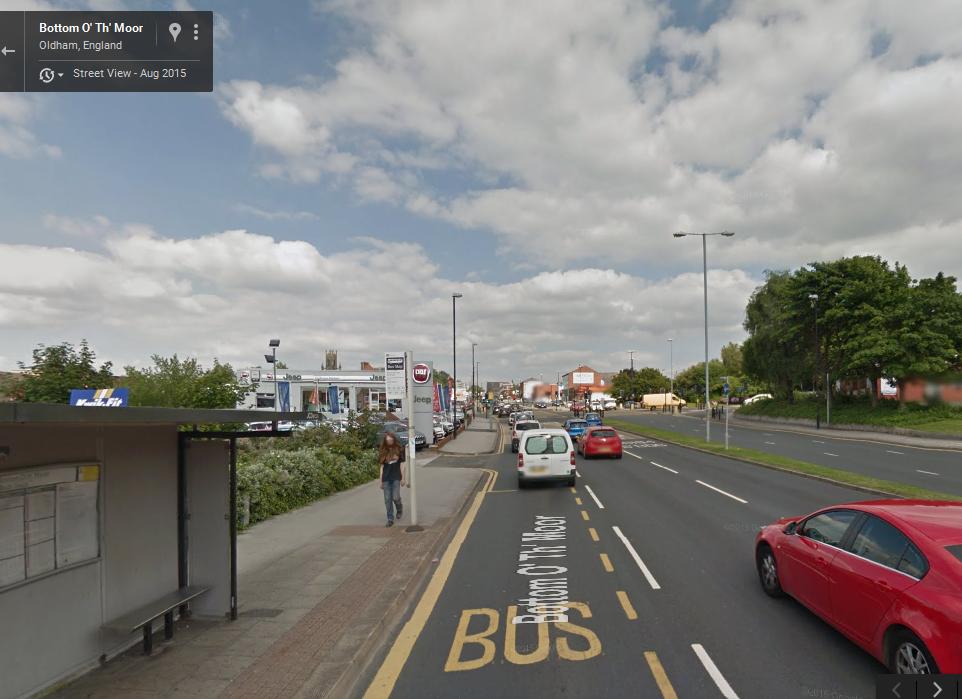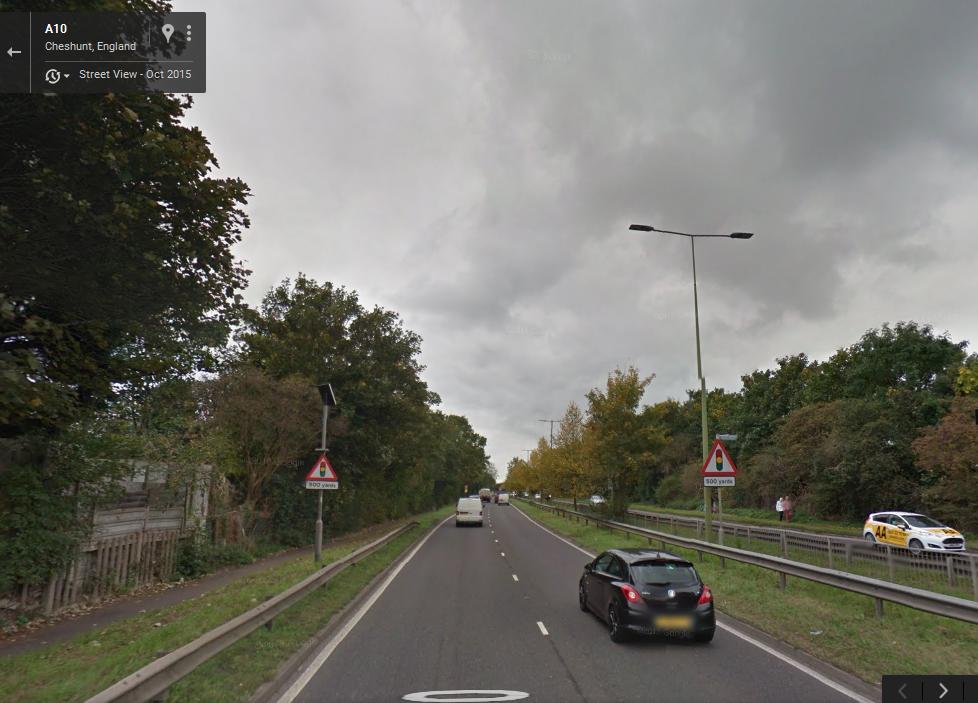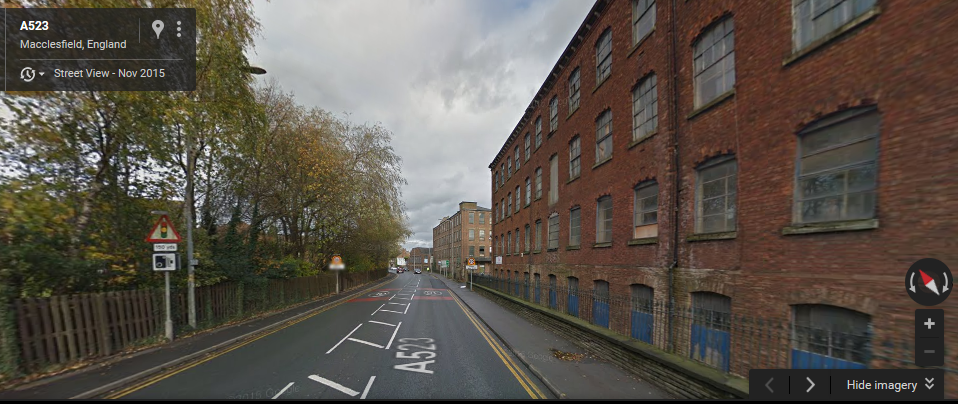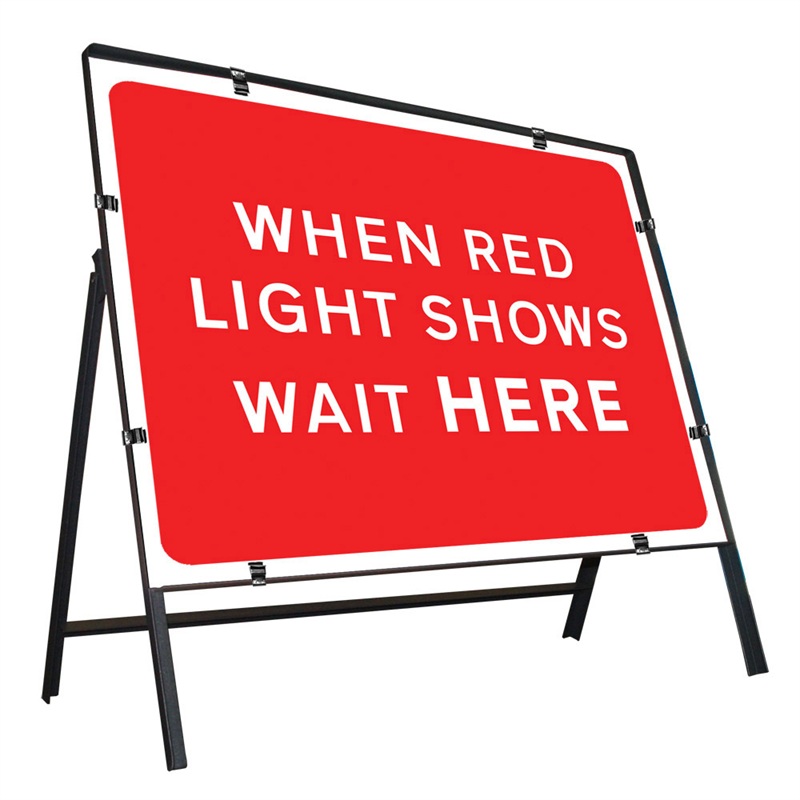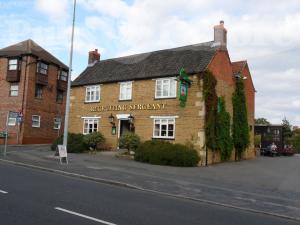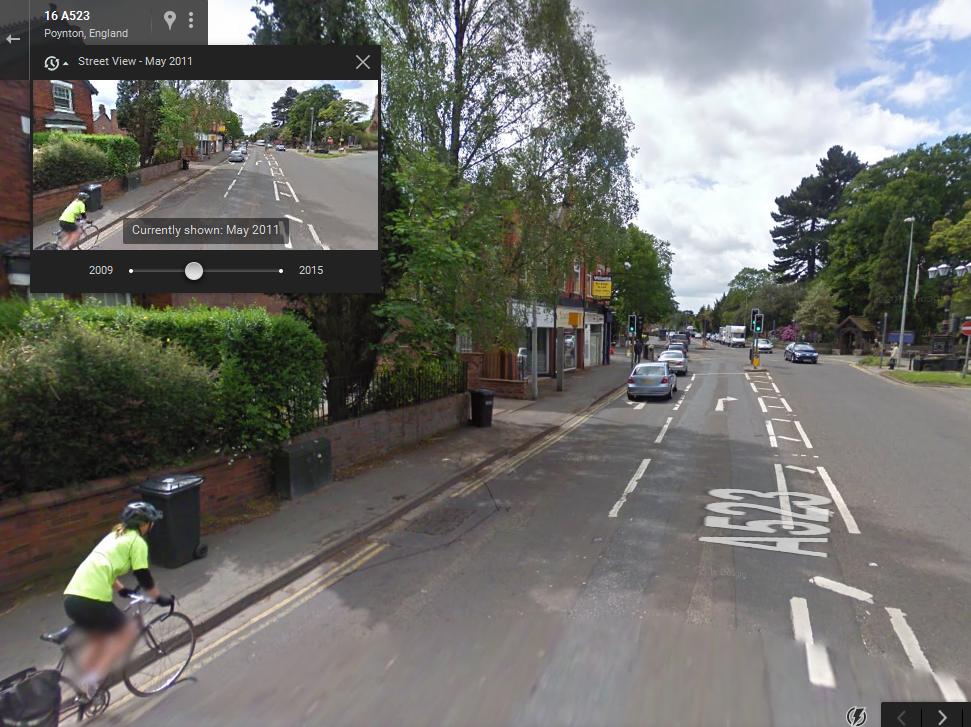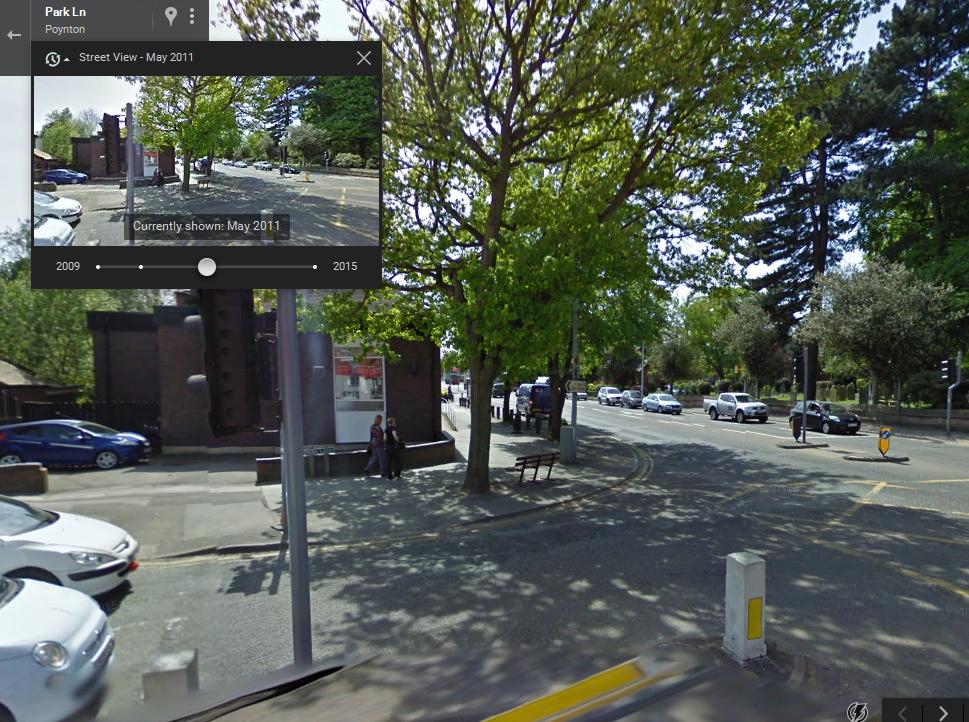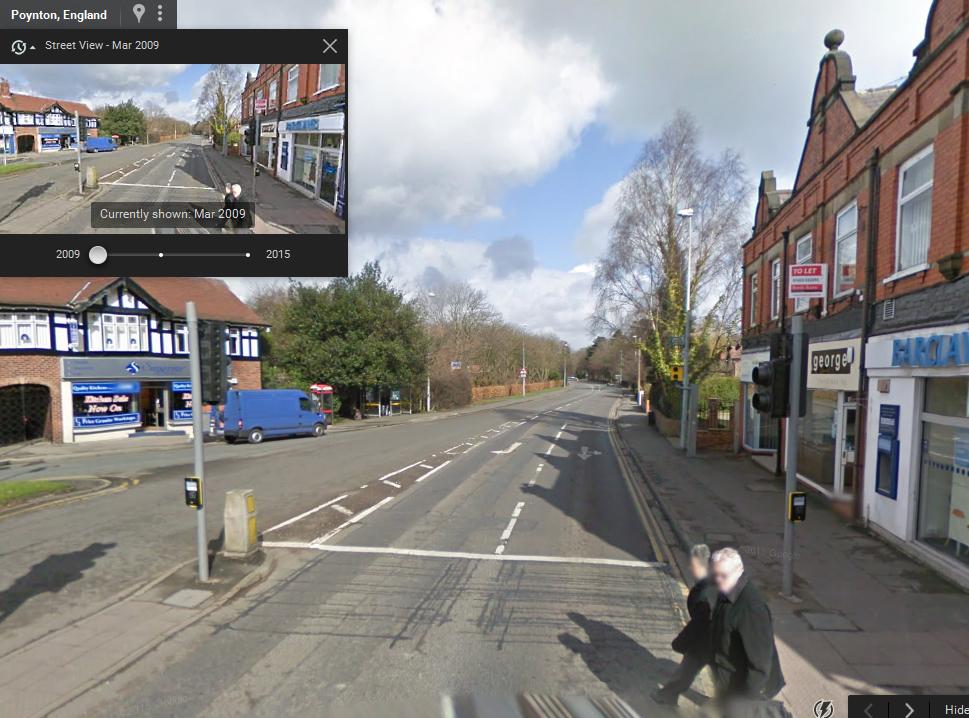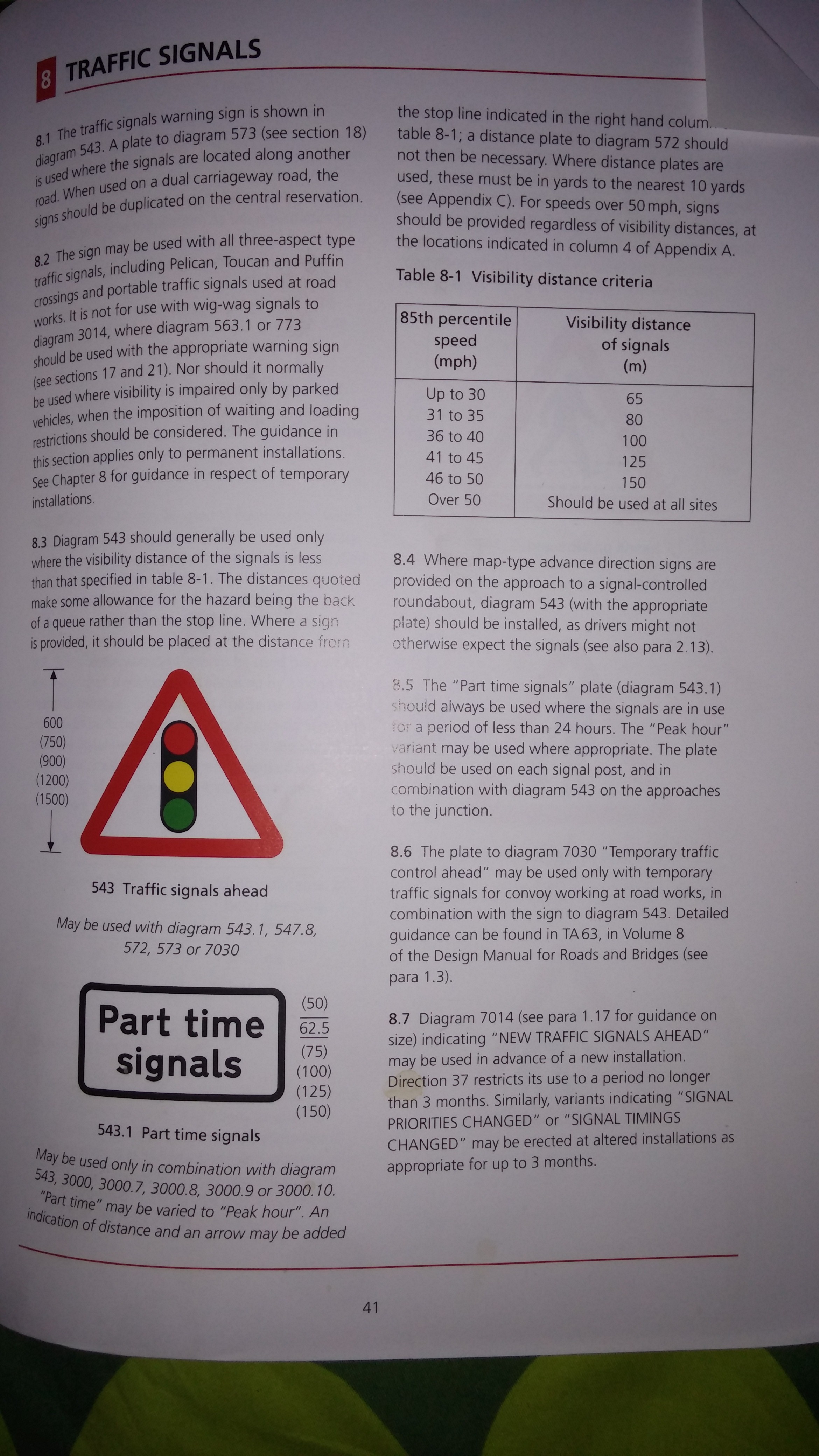Post by Administrator on Feb 7, 2016 20:49:00 GMT
This video i timed the changing of the light sequences...[THIS IS NO EVIDENCE OF THE TRAFFIC LIGHT TIMING ON THE DAY OF THE ALLEDGED OFFENCE]
They are supposed to be ond and two seconds?! according to the technician.. or 1.5 & 2 seconds...
But i have got these times for the Macclesfield lights.... (give or take 0.1sec)
GREEN to RED stop. 3.3 seconds
RED to GREEN go. 2.3 seconds
here are my numbers from the floating stopwatch app I downloaded....how ive worked it out.. see if you agree or not.
so.. for 2.3 seconds to green i got stopwatch times 10.9s to 13.2s
and for 3.3 to red i got stopwatch times 36.9s to 40.2s
thats from the first sequence at the start of this video.
And when you are having the LAW send legal notices in the post over an everyday act (sat in a seat not really doing much) over the time of 0.7 seconds supposed human error vs machine error (or designer)... with £800 lawyers and driving bans.. the term "taking the piss" gets a little out of context to "the mad hatters legal abuse party" and someone voted for that.
so...
anyway for the approach to the lights..when driving..
you are usually looking to see if the green to red will go FASTER than it shouldd, so as to catch you out... but in fact... if i am correct here... it seems the trick in fact is a LONGER time for green to RED than you are expecting... thsat is because as you approach you are anticipating a change... but if it doesnt.. or is taking longer.. you will guess you have more time.. and decide to carry on..
at that critical deciding point you will not slow down. THAT is the point you need to decide to stop at.
but if you dont, and it looks for literally a "split second" that you can get through... you will get right upto the LINE still at the cruising speed (say 30mph) aand at that point just before the line, it is impossible to break and stop in time then... so if the light goes RED just before the line is crossed, or just after.. you are going to be going across the line into 0.1 or more seconds of red... THAT is when you NEED the 1 second vehicle clearance time for error. that is what the Dorset police threshold is. so that a vehicle is given time AFTER 0.1 seconds of red to be able to get the remaining section of vehicle over the line before prosecution...
BUT here THAT TIME (1 sec) has been stolen from you and added to the APPROACH time and used to make you think the lights are not going to go to RED as quickly, but that is what lures you to make that split second decision..
Plus these lights are not on auto sequence they have sensors o them, which i have seenn tend to create log ques of cars and then empty phases of green with no cars that look like you can drive through but in fact are usually about to go back to red again because there has been nothing approaching after the backlog has cleared from the que.
You can clearly see this patttern in all the videos at these lights.. and to me it is a strategy for getting some last second gamblers on the long clear approach after the que clears that is impending RED! but wwith an extra second BEFORE red added, not AFTERWARDS for clearance time.
This one is an example of three sets of lights that all have their own traffic light warning sign correctly, except one set is missing one in one direction only.
They are supposed to be ond and two seconds?! according to the technician.. or 1.5 & 2 seconds...
But i have got these times for the Macclesfield lights.... (give or take 0.1sec)
GREEN to RED stop. 3.3 seconds
RED to GREEN go. 2.3 seconds
here are my numbers from the floating stopwatch app I downloaded....how ive worked it out.. see if you agree or not.
so.. for 2.3 seconds to green i got stopwatch times 10.9s to 13.2s
and for 3.3 to red i got stopwatch times 36.9s to 40.2s
thats from the first sequence at the start of this video.
And when you are having the LAW send legal notices in the post over an everyday act (sat in a seat not really doing much) over the time of 0.7 seconds supposed human error vs machine error (or designer)... with £800 lawyers and driving bans.. the term "taking the piss" gets a little out of context to "the mad hatters legal abuse party" and someone voted for that.
so...
anyway for the approach to the lights..when driving..
you are usually looking to see if the green to red will go FASTER than it shouldd, so as to catch you out... but in fact... if i am correct here... it seems the trick in fact is a LONGER time for green to RED than you are expecting... thsat is because as you approach you are anticipating a change... but if it doesnt.. or is taking longer.. you will guess you have more time.. and decide to carry on..
at that critical deciding point you will not slow down. THAT is the point you need to decide to stop at.
but if you dont, and it looks for literally a "split second" that you can get through... you will get right upto the LINE still at the cruising speed (say 30mph) aand at that point just before the line, it is impossible to break and stop in time then... so if the light goes RED just before the line is crossed, or just after.. you are going to be going across the line into 0.1 or more seconds of red... THAT is when you NEED the 1 second vehicle clearance time for error. that is what the Dorset police threshold is. so that a vehicle is given time AFTER 0.1 seconds of red to be able to get the remaining section of vehicle over the line before prosecution...
BUT here THAT TIME (1 sec) has been stolen from you and added to the APPROACH time and used to make you think the lights are not going to go to RED as quickly, but that is what lures you to make that split second decision..
Plus these lights are not on auto sequence they have sensors o them, which i have seenn tend to create log ques of cars and then empty phases of green with no cars that look like you can drive through but in fact are usually about to go back to red again because there has been nothing approaching after the backlog has cleared from the que.
You can clearly see this patttern in all the videos at these lights.. and to me it is a strategy for getting some last second gamblers on the long clear approach after the que clears that is impending RED! but wwith an extra second BEFORE red added, not AFTERWARDS for clearance time.
This one is an example of three sets of lights that all have their own traffic light warning sign correctly, except one set is missing one in one direction only.

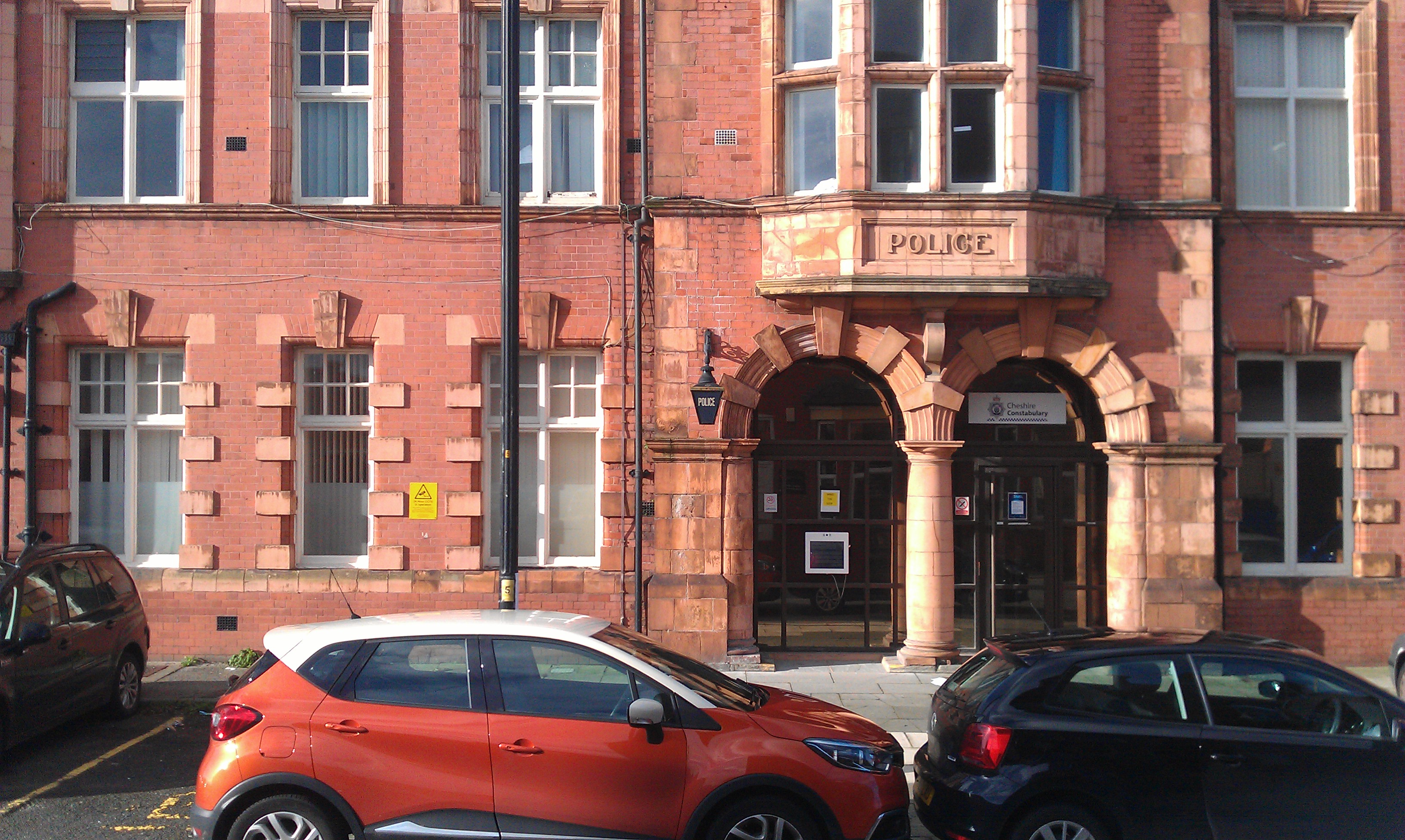
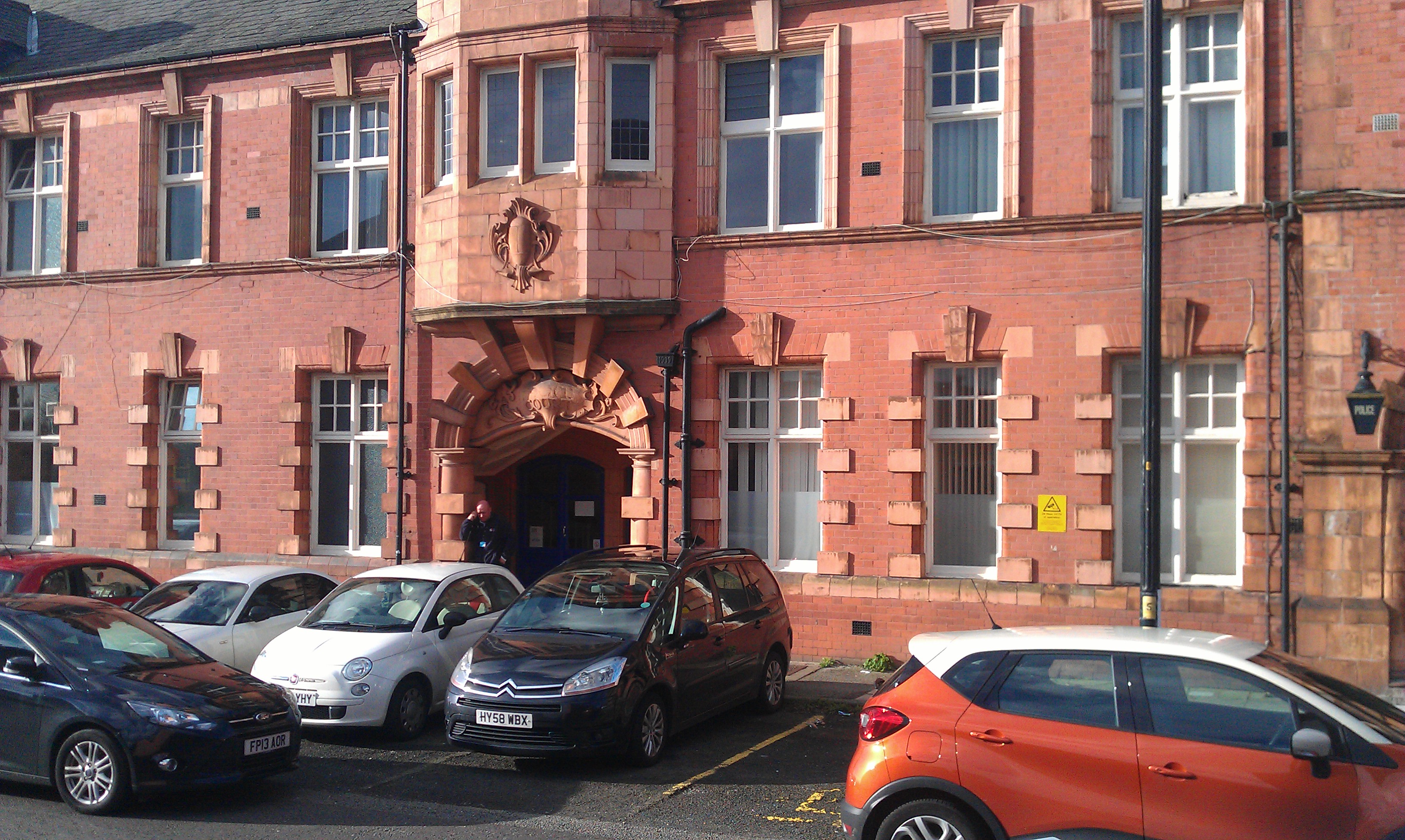
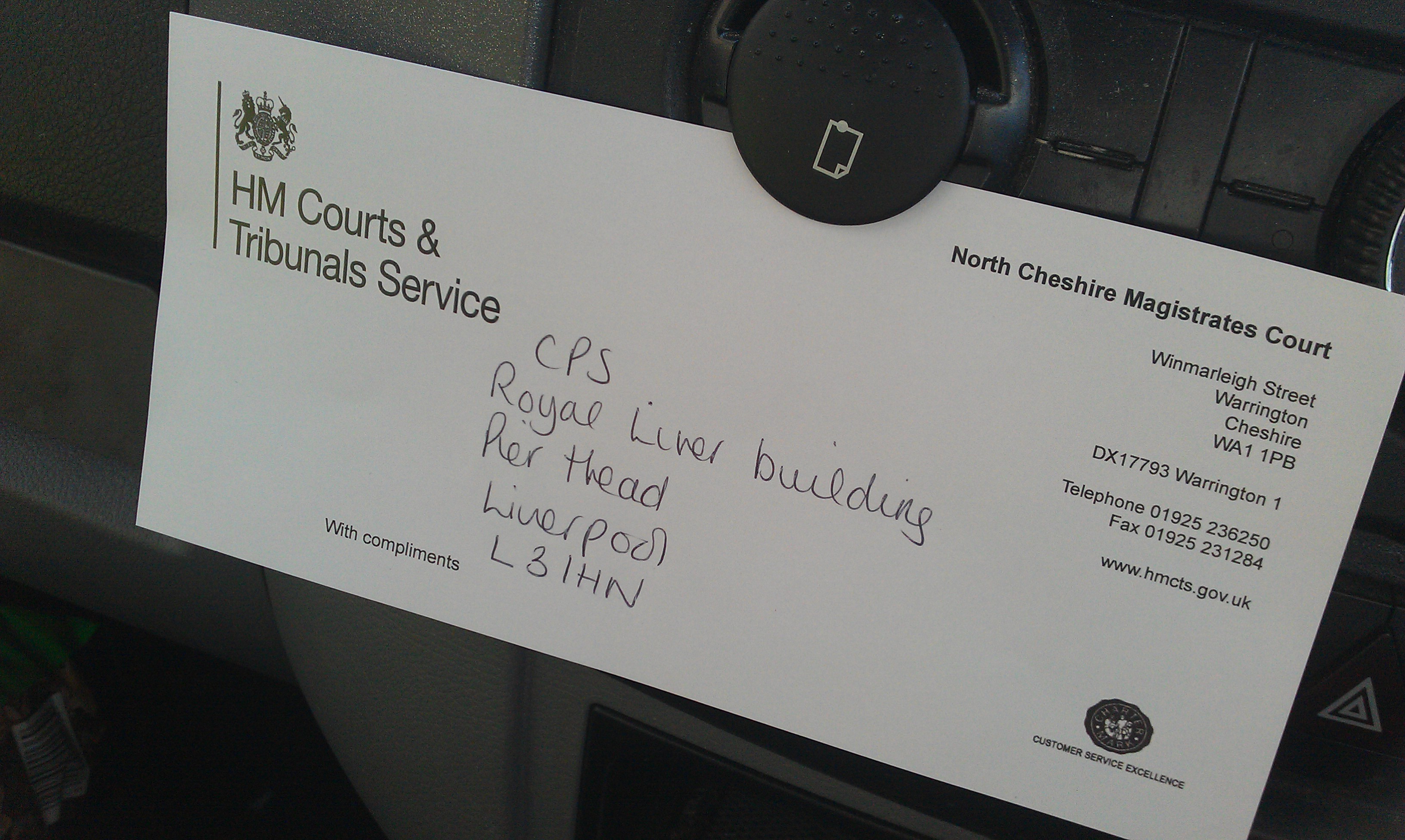
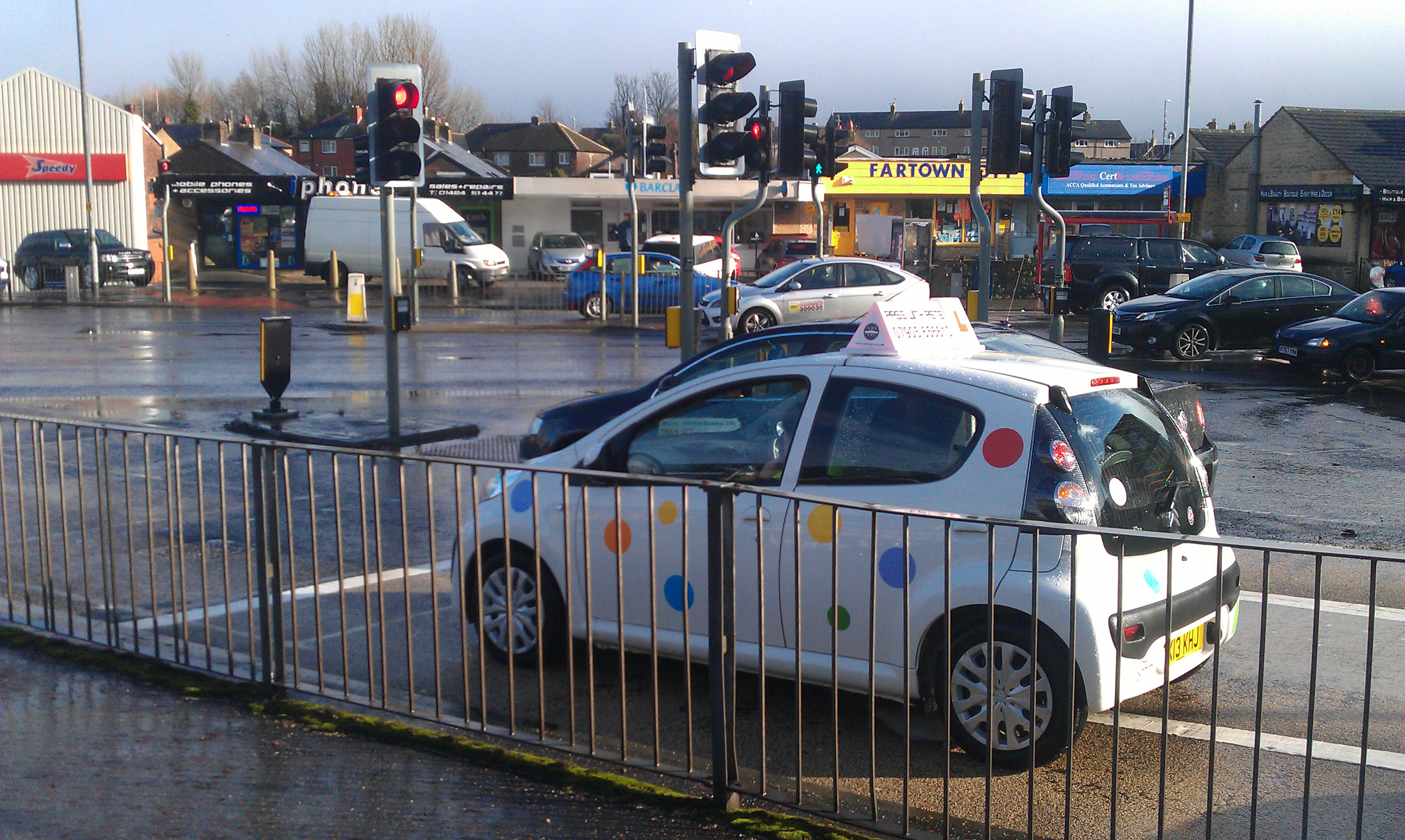
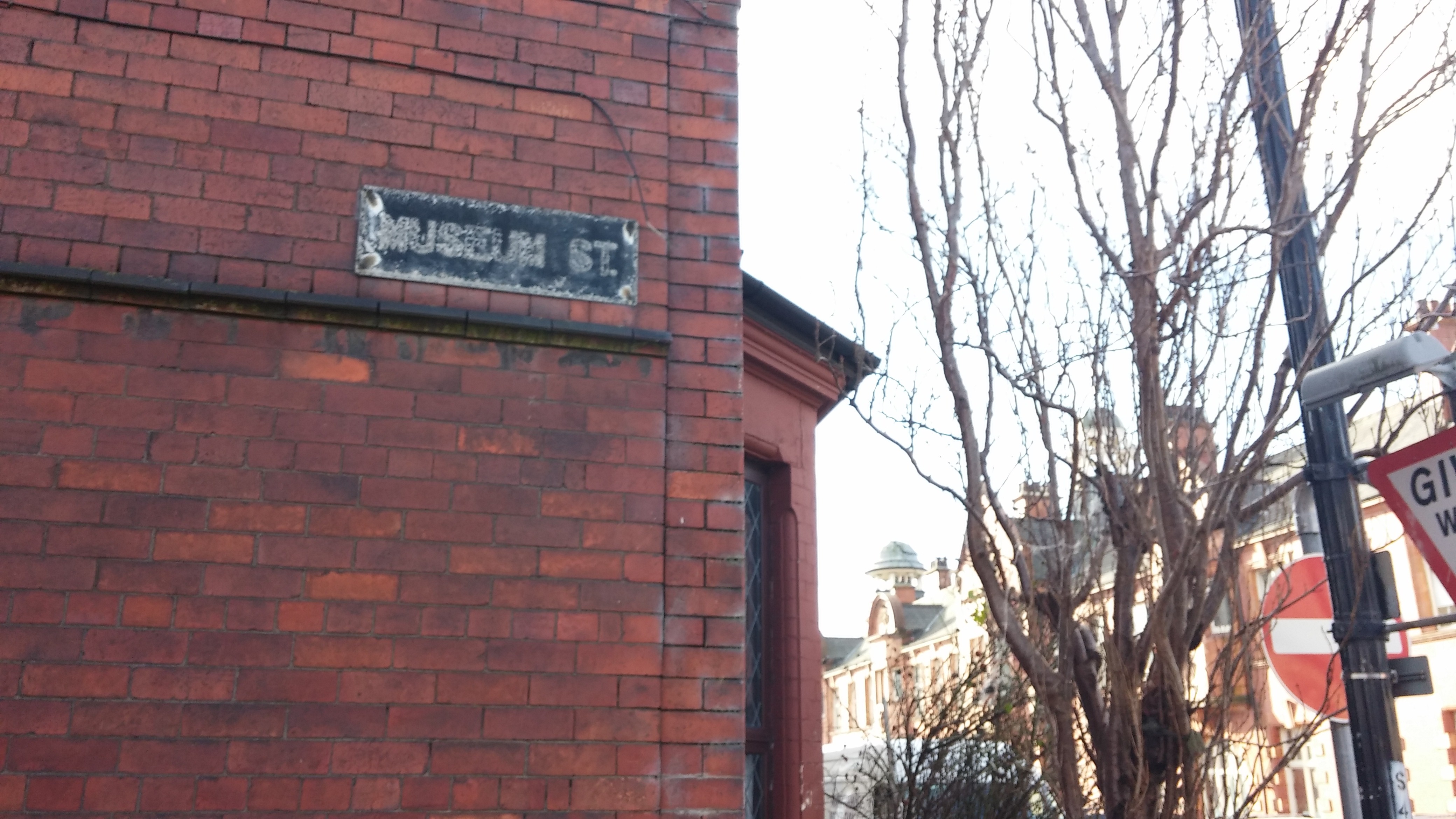
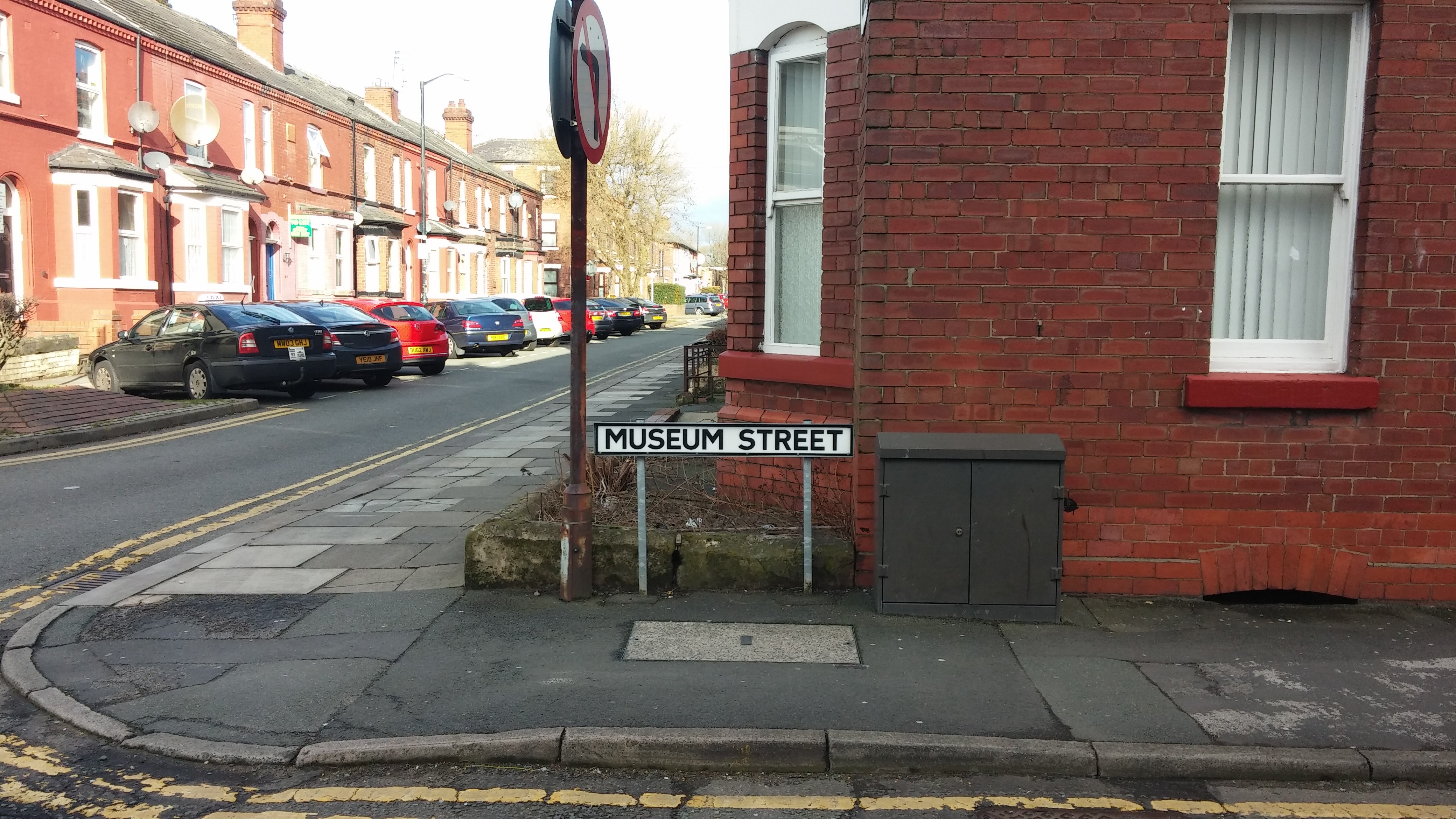
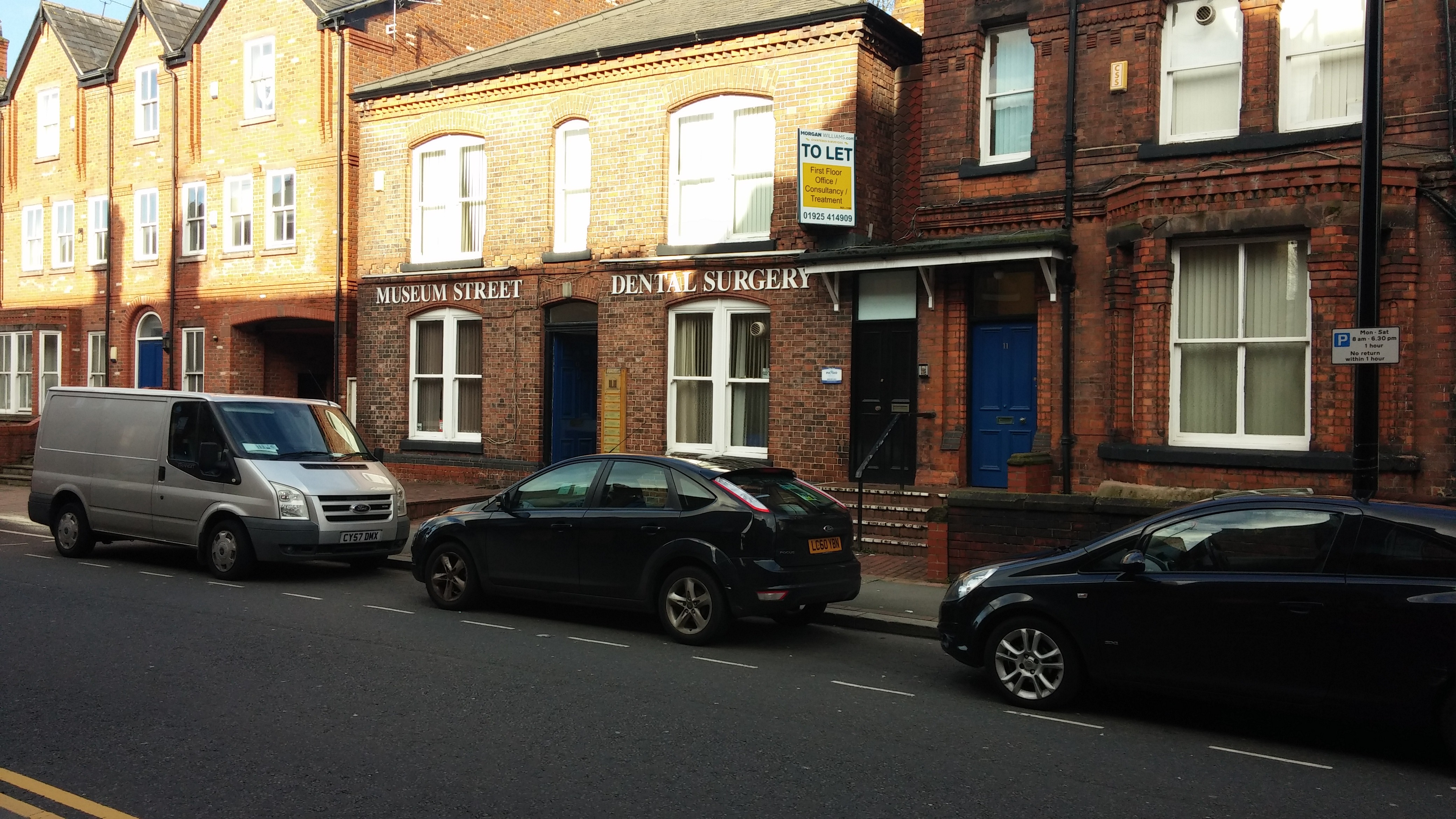
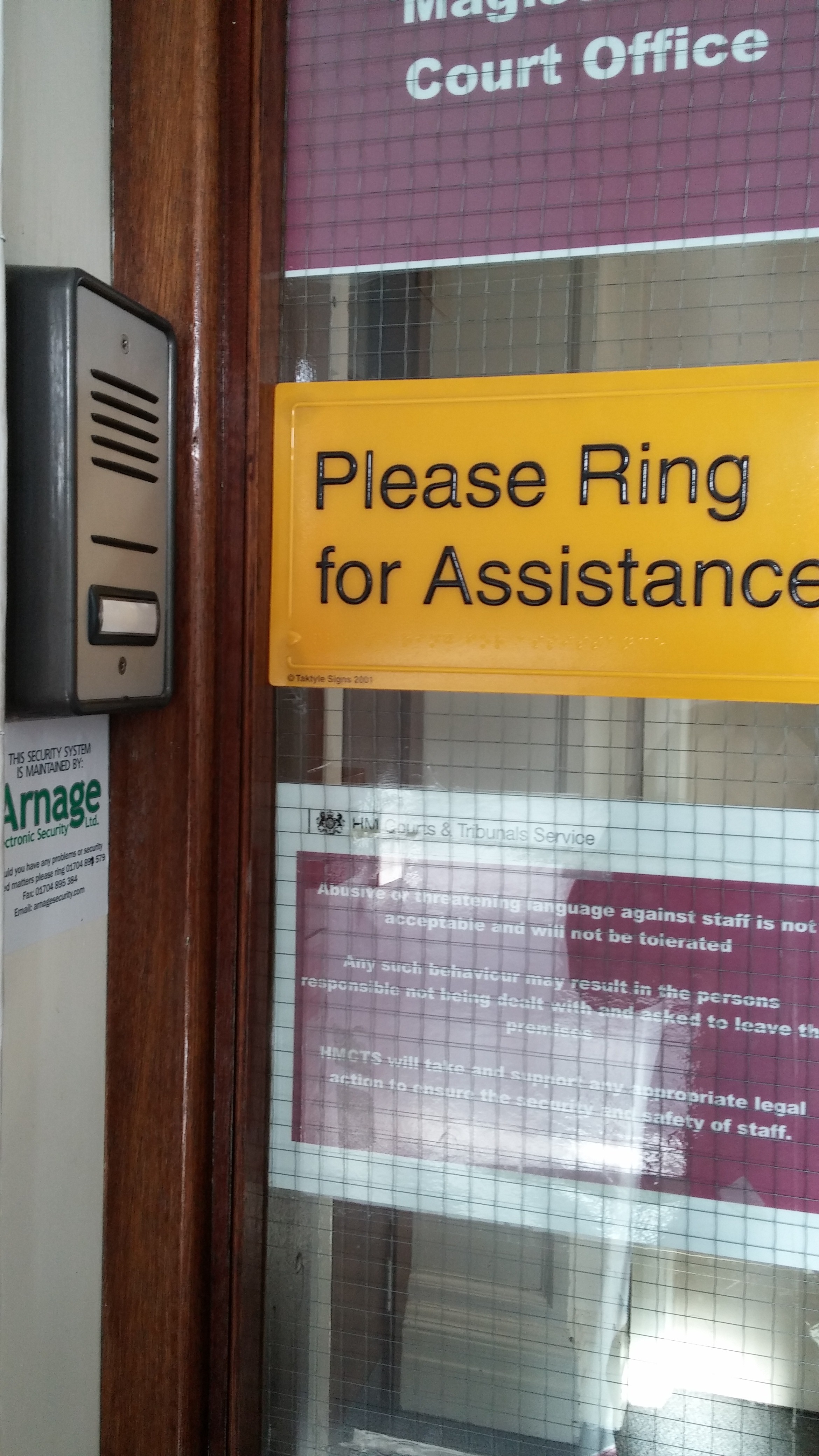 ]
]